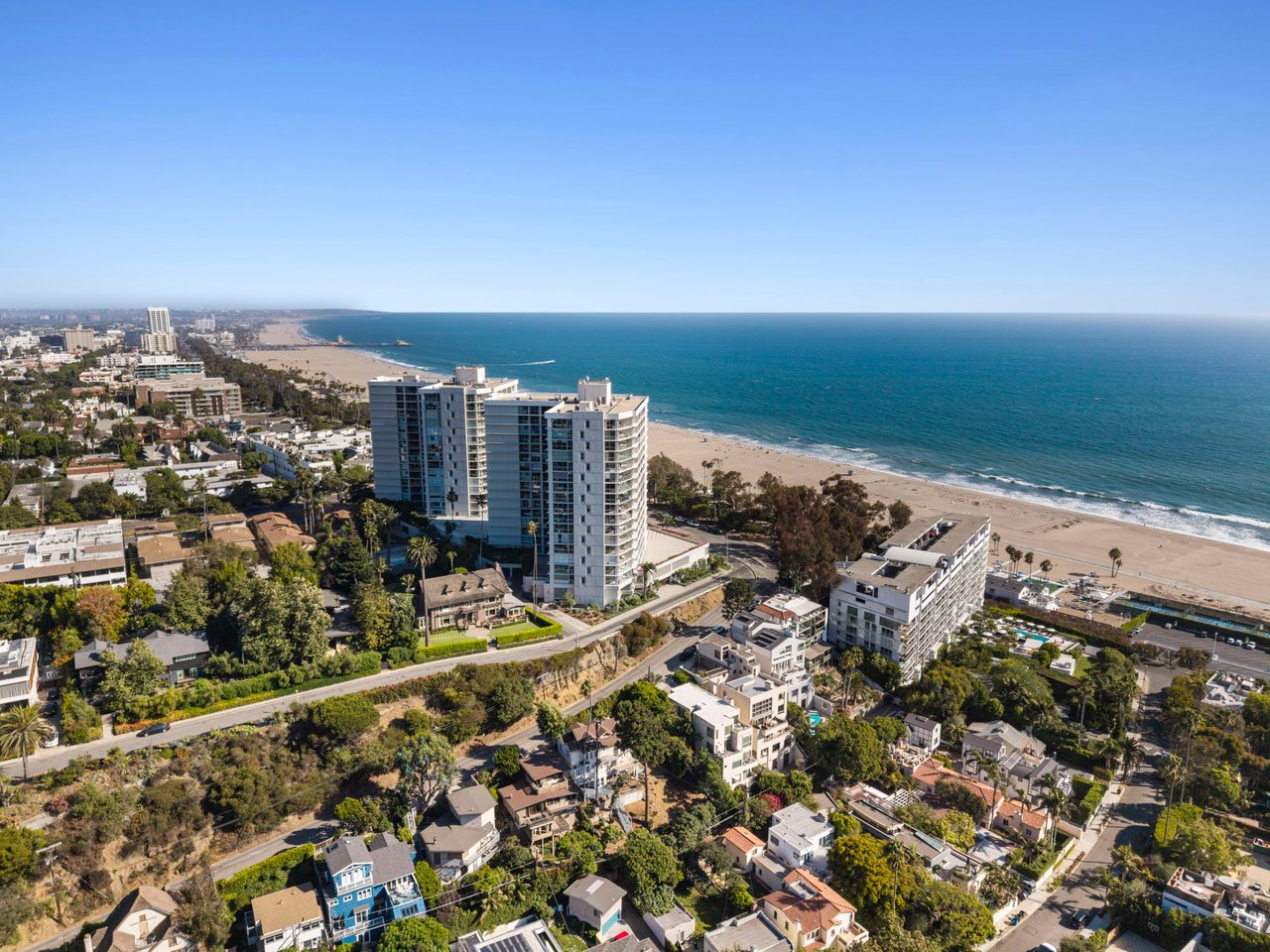Over the course of the previous year and a half, the U.S. housing market and that of California have shown surprising resilience in the face of unprecedented changes.
Though the ongoing pandemic appears in remission across much of the country, concerns remain. COVID-19 continues to cast a long shadow over a number of economic sectors, including residential real estate.
The pandemic fueled an incredible seller’s market that, roughly 15 months later, still endures. There is a growing sense that the escalating prices the pandemic helped spur will slow the market in 2022.
While there is a lot of cautious optimism that real estate will continue to lead a post-pandemic recovery, it’s unlikely to continue at its current pace. Let’s take a quick look back and then ahead with our 2022 real estate forecast.
2021 in review
Few years will ever match the pandemonium of 2020. Though California’s real estate market began 2021 as the previous year ended — as an ultra competitive seller’s market — it has leveled off over the past several months. Many experts believe this is a precursor to what to expect in 2022.
Rising home values started pricing specific buying segments out of the market. The full impact of this will further materialize in 2022, which we cover below.
Perhaps most notable for 2021 is that despite rising prices and increasing mortgage rates (though they remained historically low), buyers continued to frequent the market in force, competing for too little inventory.
Overall, even with two months left in the current year, there are no expectations for conditions to dramatically change heading into the year’s seasonal slowdown.
Let's examine what's ahead for 2022
Interest rates start to climb
One of the most significant factors that fueled the runaway pandemic market in both Los Angeles and Santa Monica — and the entire country — were historically low-interest rates.
To fully appreciate the unprecedented numbers, from 1971, when rates were first tracked, to July 2020, the rate on a 30-year fixed-rate mortgage had never before dropped below 3%. Since August 2020, rates have been parked below that threshold for 12 of the next 14 months. Even with rising home prices, highly motivated buyers were undeterred. Low rates made the exploding values palpable.
When considering multimillion-dollar home loans, the savings on an annual mortgage are substantial.
The days of easily accessible loans may be coming to an end. Though many 2021 forecasts predicted rates approaching the 3.25% to 3.5% range, it never came to fruition aside from a brief respite above 3% in March and April of this year.
According to the California Association of Realtors, a 30-year fixed-rate mortgage should reach the 3.5% threshold in 2022. Rates for 2021 have averaged 2.92%, and since September, they have begun creeping back up to the 3% threshold.
Inventory
Inventory continues to remain at historic lows. The demand to purchase a home is still very high compared to the amount of inventory that is on the market. 2022 will once again remain a sellers’ market. The chances for multiple offers are still likely, but the odds of getting an offer with thousands over the asking price, no contingencies, etc. is less likely. The key in this market will be PRICING.
Buyers should note that inventory will slightly increase and they not be facing the same amount of competition that we had been seeing over the past two years. First-time buyers and VA buyers will be able to find success in this new market.
Home prices continue to increase
Based on the same report from CAR, median home prices will continue an upward trend that began after the initial coronavirus wave back in July 2020.
Just how dramatic are the home price increases? Going back to 2015, the median home price rose 24.4% over a five-year span ending in 2019. Based on the current forecast, the recent three-year span will top that with room to spare.
However, there is some thought that as interest rates rise and more seasonality returns to the market (read: a more measured approach by homebuyers), median price growth should steady.
The primary contributing factor to the increase remains ongoing demand and a lack of adequate inventory to satisfy it.
The steadily ballooning prices have impacted affordability in several segments and are a principal concern with numerous would-be California homebuyers.
For all those buyers who have been waiting on the sidelines for the market prices to drop, they have missed out on the opportunity for some pretty sweet equity. Prices are expected to climb still in 2022 but at a much slower pace than we have been seeing over the last two years. Experts expect price increases somewhere between 5% and 7% for 2022. (Realtor.com).
Reporting from the second quarter of 2022 shows that only 23% of California households made enough to afford a median-priced single-family home. That translates to an annual income of $150,800 to qualify for and make the monthly payments.
Affordability rates in Los Angeles and Santa Monica are even lower. In Los Angeles, only 22% of households can afford the local median home price of $756,020. In Santa Monica, the median home price is $1.9 million.
For condos and townhouses, it’s a similar yet slightly less dire situation. Here, 37% of California households qualify for the median purchase price of $585,000.
These conditions are driving many potential buyers out of state, with less movement among those who choose to stay.
Those who can buy will continue to do so
Even with the growing affordability crisis, sellers remain in the driver’s seat — at least through the first half of 2022 — as the market continues to favor those bold enough to list. After all, unless you’ve solidified your relocation plans, you too risk falling into the cycle of competing for a dwindling inventory of homes.
But the point remains that if you’ve been on the fence about listing a home, either single-family, condo, or otherwise, it is a highly advantageous time to list.
This is especially true for those sellers who have properties targeted to buyers where affordability is not a concern.
The demand for housing shows no sign of abating, at least as we transition into the new year. Even though interest rates will rise through the end of this year and into 2022, it won’t be enough to completely put a lid on a competitive market.
Historically speaking, mortgages remain incredibly attractive. Qualified homebuyers persist — buyers seeking relocation or investors seeking opportunities — and enthusiastically shop for a new property. They won’t be deterred until a major shift in the market occurs.
In fact, even as CAR’s reporting anticipates a decline in sales of 5.2% for 2022, transaction volume will top out at 416,800 homes. That figure is above the 10-year average of 414,000 annual transactions.
Markets may indeed slow down, but there will be plenty of activity in 2022.
Signs of positive economic growth
CAR’s 2022 expectations do place a more optimistic spin on the economy’s ongoing recovery as it attempts to move beyond the pandemic. It anticipates national gross domestic product expanding by 4.1% and the state’s nonfarm expansion to be 4.6% for the coming year.
Those numbers should help lower California’s unemployment rate from a projected year-end rate of 7.8% for 2021 to 5.8% in 2022. By year’s end in 2022, unemployment could drop below 5%, moving even closer to pre-pandemic levels.
That said, there is a long way to go to a full-blown recovery.
Ultimately, the immediate future for California’s housing market, and by extension Los Angeles and Santa Monica, depends largely on what comes next in the pandemic.
If conditions continue to improve as they have over the summer and into early fall, economic recovery could accelerate beyond current forecasts.
California remains a sought-after destination
Interest rates are still attractive even if they’re on a trajectory toward pre-pandemic levels. Home prices will continue to increase as well, although without the stratospheric pandemic boost of 15 months ago. Which is good news for sellers and bad news for the growing number of residents priced out of multiple segments, including what once was deemed affordably priced housing.
There does remain an active contingent of buyers who are seemingly ready and willing to buy under any circumstances, even as inventory shrinks and choice is limited. Ultimately, despite California’s challenges, this group is the rule, not the exception.
California occupies rarified air within the U.S. and on the global stage. Despite forecasts that predict a cooling housing market, the state remains stronger than ever. Reports of those leaving the state for greener pastures are grossly overstated. Yes, people are moving, but they’re being replaced by highly educated transplants for whom California is a primary destination, not a waypoint to somewhere else.
California and its powerful economic engine and lofty real estate remain the gold standard. What the forecasts suggest, and those with an eye on tomorrow anticipate is the state is recalibrating for an extremely bright future.
To further the case, that opportunity abounds and is thriving here. As of the first quarter of 2021, California possessed 48% of all venture capital dollars among U.S. states. The next closest state was New York with 15%. Texas and Florida, both states reportedly siphoning talent and economic power from California, each had 2%. Opportunity indeed.
Ready to explore the best of Los Angeles or Santa Monica luxury real estate? Contact Alena Lehrer today to start your home buying or selling journey in one of the country’s most dynamic locations. From Santa Monica real estate to homes for sale in Pacific Palisades, allow Alena’s experience and expertise to guide you through your next move.






